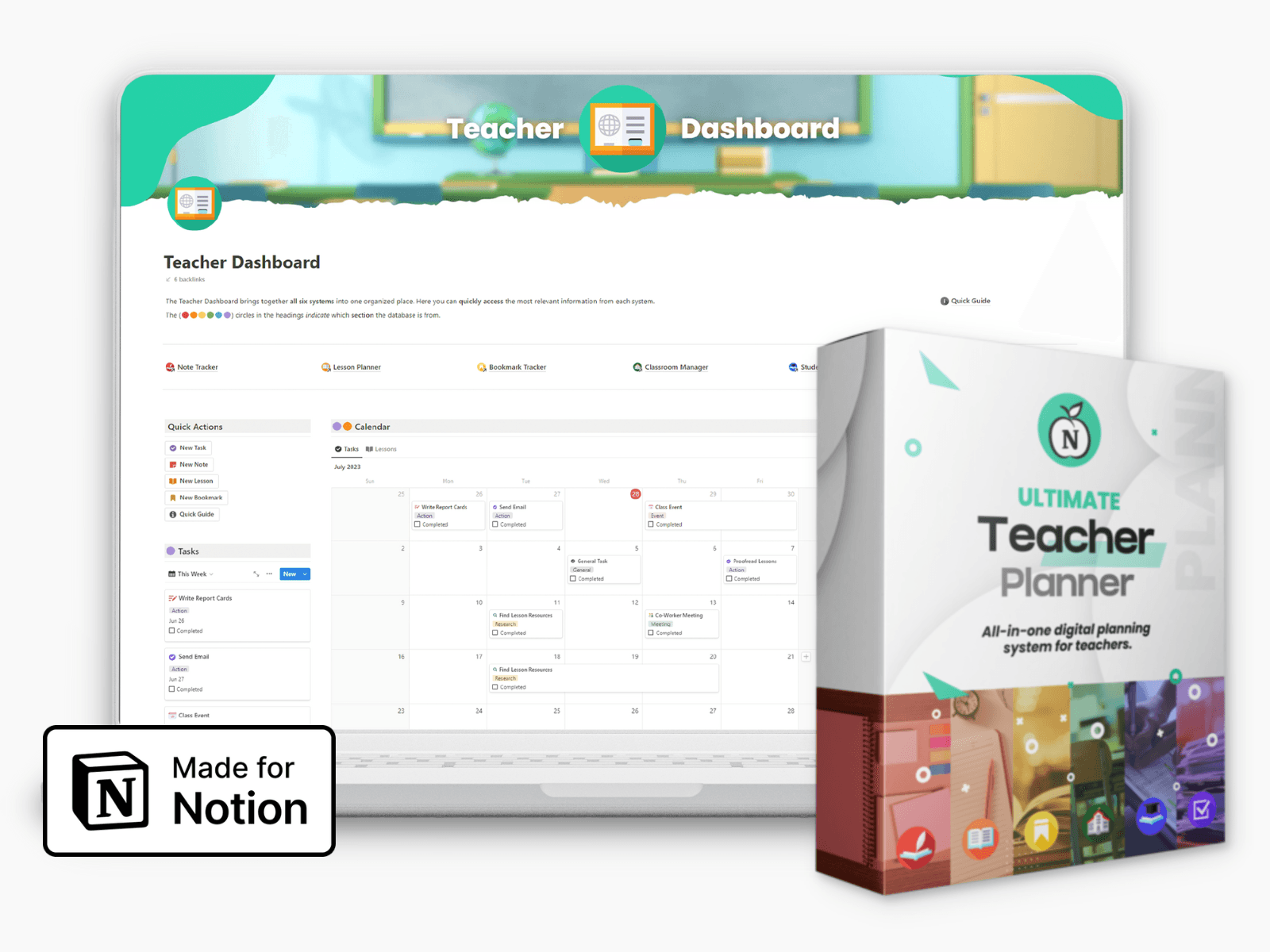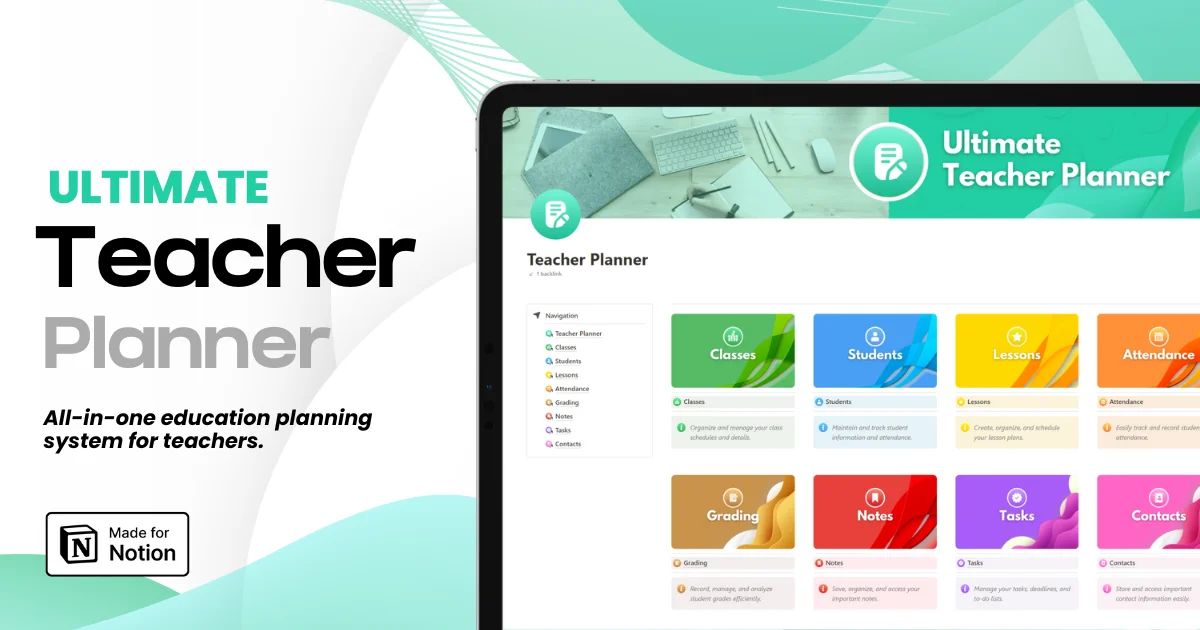

Why Virtual Education Requires New Strategies for Classroom Management and Support
Why Virtual Education Requires New Strategies for Classroom Management and Support
Why Virtual Education Requires New Strategies for Classroom Management and Support

Article by
Milo
ESL Content Coordinator & Educator
ESL Content Coordinator & Educator
All Posts
Education has transformed significantly over the last few decades with the advent of technology. The shift from traditional classrooms to virtual education environments presents unique challenges that necessitate new management and support strategies. In these online learning landscapes, where students may be geographically dispersed, institutions must rethink their approaches to student engagement and learning outcomes.
Education has transformed significantly over the last few decades with the advent of technology. The shift from traditional classrooms to virtual education environments presents unique challenges that necessitate new management and support strategies. In these online learning landscapes, where students may be geographically dispersed, institutions must rethink their approaches to student engagement and learning outcomes.
Ultimate Teacher Planner
The ultimate all-in-one education management system in Notion.
Learn More

Ultimate Teacher Planner
The ultimate all-in-one education management system in Notion.
Learn More

Ultimate Teacher Planner
The ultimate all-in-one education management system in Notion.
Learn More

Understanding the Virtual Classroom Dynamics
Teaching styles that worked well in physical settings may not transition seamlessly into an online format. Virtual classrooms can sometimes foster feelings of isolation or disengagement among students, which can hinder their academic progress. To effectively engage students in this environment, educators must establish clear expectations and build a community that encourages participation. Interactive platforms and digital tools can simulate classroom interactions, fostering a supportive environment.
Educators may need to adopt innovative techniques, such as flipped classrooms or project-based learning, to keep students involved and invested in their education. Using technology for communication and collaboration is fundamental. Here, the role of classroom management evolves, focusing on creating an online culture that encourages open dialogue. Whether you opt for a Nevada homeschool alternative online, a New York-based school, or something else entirely, finding ways to communicate effectively in the virtual space is key to blueprinting an enriching educational journey for students. Instructors should also prioritize setting clear expectations and guidelines for behavior and participation in virtual classrooms. Regular check-ins through video calls or discussion boards can help maintain a sense of connection and accountability.

Implementing Structured Support Systems
To cater to diverse learner needs in the virtual classroom, structured support systems must be in place. This can involve one-on-one mentorship programs, peer-to-peer support groups, and access to academic resources tailored to students' unique challenges. When students feel supported, they are more likely to participate actively and perform better academically. For instance, incorporating regular check-ins with students allows educators to gauge understanding and emotional well-being.
Support practices should extend to parents, equipping them with the tools necessary to facilitate their children’s learning from home. Professional development for educators is crucial as well, training focused on virtual engagement strategies and digital tools adds to their effectiveness in classroom management. Investing in mental health resources and promoting a balanced approach to virtual learning can contribute significantly to students’ success. When students feel supported, their chances of staying engaged with the material and improving academically increase.
Engaging Parents as Partners
In virtual education, parents play an integral role in student success. Parents serve as primary supporters and facilitators of their children’s learning environment. Educators should seek to bridge the gap between home and school by involving parents in the learning process.
This collaboration paves the way for productive partnerships that benefit students academically. Communication between teachers and parents can be enhanced through regular updates, workshops, and resource sharing.
Providing parents with access to online platforms can help them monitor their child’s progress and stay informed about homework assignments and school events. Instituting parental involvement in project-based assignments or group activities can strengthen the collaborative effort between home and school.
By creating an inclusive environment that encourages parental engagement, schools can help students develop a sense of accountability and motivation. Introducing initiatives such as virtual open houses or parent-teacher meetings can foster closer connections, further enhancing the student learning experience.
Innovative Approaches to Student Engagement
As engagement is a primary concern in virtual classrooms, innovative approaches to learning can significantly impact student participation. Fostering interactivity through gamification, live discussions, and real-time collaboration tools can motivate students and stimulate interest in the material. Integrating multimedia content can make lessons more dynamic and relatable. Creating opportunities for student-led discussions, presentations, and collaborative project work can build confidence and communication skills.
Encouraging students to participate actively in class promotes a sense of ownership over their learning journey. Involving them in the decision-making process regarding lesson topics or project ideas cultivates a more engaged learning environment. Harnessing digital tools that foster interactive learning experiences will be crucial in keeping students engaged in their education. Emphasizing creativity and personal expression through projects and assignments can lead to higher levels of engagement.

Overcoming Common Challenges in Virtual Education
Teaching in a virtual environment often presents challenges, including technological barriers, varying student engagement levels, and difficulties in assessing student comprehension. Educators must become adept at recognizing issues early and adjusting their approaches to address these obstacles effectively.
Technical difficulties, ranging from equipment issues to inadequate internet access, can hinder learning. Schools should offer resources and training to help students navigate these challenges. Addressing learning styles is crucial, personalizing assignments to accommodate various learning preferences can enhance comprehension and retention.
Monitoring student performance can be particularly difficult in virtual setups. Implementing frequent assessments, feedback loops, and personalized learning paths can mitigate these challenges while ensuring students stay on track. Equipping educators with appropriate tools and resources can pave the way for more effective management strategies in virtual settings.
As the landscape of education continues to evolve, adopting innovative strategies for classroom management and support in virtual environments has never been more critical. By focusing on creating engaging, collaborative, and supportive online learning communities, educators will be better positioned to help students succeed amidst the changing educational trends.
Understanding the Virtual Classroom Dynamics
Teaching styles that worked well in physical settings may not transition seamlessly into an online format. Virtual classrooms can sometimes foster feelings of isolation or disengagement among students, which can hinder their academic progress. To effectively engage students in this environment, educators must establish clear expectations and build a community that encourages participation. Interactive platforms and digital tools can simulate classroom interactions, fostering a supportive environment.
Educators may need to adopt innovative techniques, such as flipped classrooms or project-based learning, to keep students involved and invested in their education. Using technology for communication and collaboration is fundamental. Here, the role of classroom management evolves, focusing on creating an online culture that encourages open dialogue. Whether you opt for a Nevada homeschool alternative online, a New York-based school, or something else entirely, finding ways to communicate effectively in the virtual space is key to blueprinting an enriching educational journey for students. Instructors should also prioritize setting clear expectations and guidelines for behavior and participation in virtual classrooms. Regular check-ins through video calls or discussion boards can help maintain a sense of connection and accountability.

Implementing Structured Support Systems
To cater to diverse learner needs in the virtual classroom, structured support systems must be in place. This can involve one-on-one mentorship programs, peer-to-peer support groups, and access to academic resources tailored to students' unique challenges. When students feel supported, they are more likely to participate actively and perform better academically. For instance, incorporating regular check-ins with students allows educators to gauge understanding and emotional well-being.
Support practices should extend to parents, equipping them with the tools necessary to facilitate their children’s learning from home. Professional development for educators is crucial as well, training focused on virtual engagement strategies and digital tools adds to their effectiveness in classroom management. Investing in mental health resources and promoting a balanced approach to virtual learning can contribute significantly to students’ success. When students feel supported, their chances of staying engaged with the material and improving academically increase.
Engaging Parents as Partners
In virtual education, parents play an integral role in student success. Parents serve as primary supporters and facilitators of their children’s learning environment. Educators should seek to bridge the gap between home and school by involving parents in the learning process.
This collaboration paves the way for productive partnerships that benefit students academically. Communication between teachers and parents can be enhanced through regular updates, workshops, and resource sharing.
Providing parents with access to online platforms can help them monitor their child’s progress and stay informed about homework assignments and school events. Instituting parental involvement in project-based assignments or group activities can strengthen the collaborative effort between home and school.
By creating an inclusive environment that encourages parental engagement, schools can help students develop a sense of accountability and motivation. Introducing initiatives such as virtual open houses or parent-teacher meetings can foster closer connections, further enhancing the student learning experience.
Innovative Approaches to Student Engagement
As engagement is a primary concern in virtual classrooms, innovative approaches to learning can significantly impact student participation. Fostering interactivity through gamification, live discussions, and real-time collaboration tools can motivate students and stimulate interest in the material. Integrating multimedia content can make lessons more dynamic and relatable. Creating opportunities for student-led discussions, presentations, and collaborative project work can build confidence and communication skills.
Encouraging students to participate actively in class promotes a sense of ownership over their learning journey. Involving them in the decision-making process regarding lesson topics or project ideas cultivates a more engaged learning environment. Harnessing digital tools that foster interactive learning experiences will be crucial in keeping students engaged in their education. Emphasizing creativity and personal expression through projects and assignments can lead to higher levels of engagement.

Overcoming Common Challenges in Virtual Education
Teaching in a virtual environment often presents challenges, including technological barriers, varying student engagement levels, and difficulties in assessing student comprehension. Educators must become adept at recognizing issues early and adjusting their approaches to address these obstacles effectively.
Technical difficulties, ranging from equipment issues to inadequate internet access, can hinder learning. Schools should offer resources and training to help students navigate these challenges. Addressing learning styles is crucial, personalizing assignments to accommodate various learning preferences can enhance comprehension and retention.
Monitoring student performance can be particularly difficult in virtual setups. Implementing frequent assessments, feedback loops, and personalized learning paths can mitigate these challenges while ensuring students stay on track. Equipping educators with appropriate tools and resources can pave the way for more effective management strategies in virtual settings.
As the landscape of education continues to evolve, adopting innovative strategies for classroom management and support in virtual environments has never been more critical. By focusing on creating engaging, collaborative, and supportive online learning communities, educators will be better positioned to help students succeed amidst the changing educational trends.
Ultimate Teacher Planner
The ultimate all-in-one education management system in Notion.
Learn More

Ultimate Teacher Planner
The ultimate all-in-one education management system in Notion.
Learn More

Ultimate Teacher Planner
The ultimate all-in-one education management system in Notion.
Learn More

2025 Notion4Teachers. All Rights Reserved.
2025 Notion4Teachers. All Rights Reserved.
2025 Notion4Teachers. All Rights Reserved.
2025 Notion4Teachers. All Rights Reserved.








